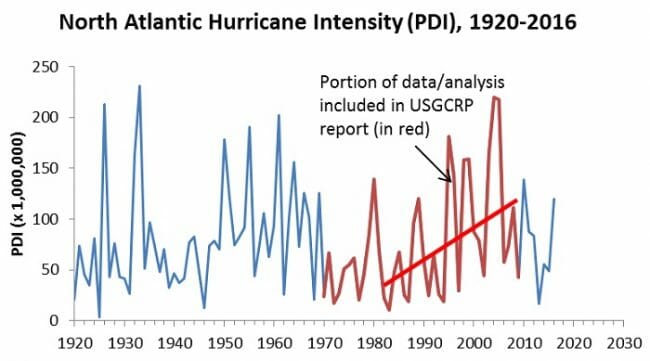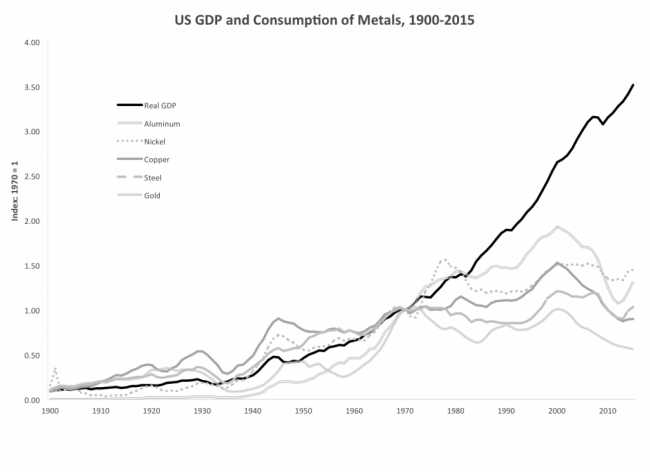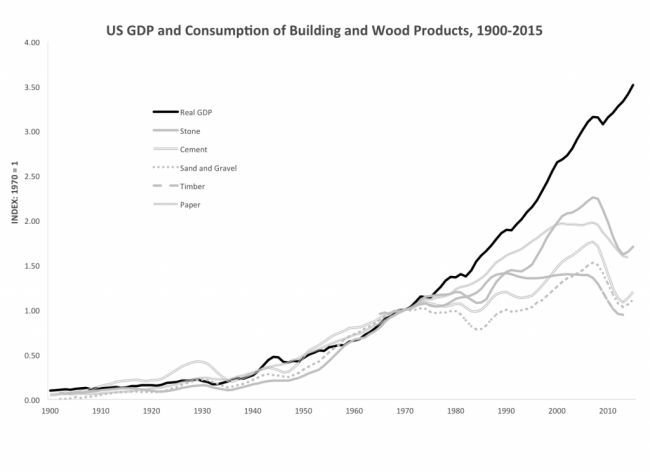As I promised readers of this blog, I have mostly taken my Tesla obsession offline from this blog and, when I need to, scratch that itch on Twitter. But there is an interesting story developing in the Tesla world that I think gets at the heart of the unseriousness, perhaps even amorality, of its management. For those of you who follow all things $TSLAQ on Twitter, there is likely to be little new for you here.
When last I blogged about Tesla, it was struggling to still be the growth company that its equity valuation implied. Last year I wrote a fairly comprehensive take on why I thought Tesla was done as a growth company (I argued, among other things, that Q32018 might be their high water mark -- remember that in a second). That was intended to be my last post as my kids were worried about my obsessive behavior, but I just couldn't resist posting in May when Musk announced that Tesla was no longer really a car company and would be a robotaxi company by 2020 with a million automated rideshare vehicles on the road.
That was not the end of Tesla news this year. Since that time it has become increasingly clear what I have said form the very day the acquisition of SolarCity was announced, that that transaction was a thinly-veiled bailout of Musk and his family to the detriment of Tesla shareholders. And for added bonus points, Tesla was recently sued by Walmart when its SolarCity installations on the roofs of various Walmart stores started catching on fire and threatening to burn the stores down. And I don't even think I have mentioned on this blog the Musk fake $420 buyout announcement or the Musk "pedo" lawsuit by the Thai cave diver hero.
So obviously I continue to be tempted out of my vow of silence. And it is happening again. Several days ago, in fact just before the end of Tesla's 3rd quarter, Tesla released by OTA update a "Smart Summon" feature in its cars, part of a package of autonomous driving features Tesla has promised for years and for which many Tesla owners paid in advance with their purchase (many years ago).
Smart Summon is a sort of automated car valet. When one comes out of, say, the mall she can pull out the Tesla app, hit a button, and have their Tesla start up and drive itself to them. Unfortunately, this feature sometimes works and sometimes is a real fail (here and here, for example). Already people are reporting damage claims to their car when in summon mode, though Musk and his enablers in the hipster media claim its all operator error. This by the way is right out of the Musk playbook: go on social media and hype Tesla autonomous driving uses that go beyond the terms and conditions, and then defend themselves in court that users violated the terms and conditions (Musk taking his hands off steering wheel in a 60 Minutes show demonstration and Musk retweeting people having sex in a Tesla while in autonomous driving mode are just two examples).
So why would Tesla release what appears to be at-best beta software that could easily lead to people getting hurt? One reason is that Musk is totally steeped in the Silicon Valley "fake it before you make it" culture, all the way back to Paypal. Given its paint and reliability issues, the Tesla Model 3 should arguably have been tested for much longer than it was before release, just as one example. And certainly there was a lot of pressure on Musk as he has been promising this release as imminent for months, and some folks have been waiting literally years since they first paid for the feature to actually get it.
The problem with this is that there is a difference between the consequences of screwing up at Paypal and screwing up with a motor car. A half-baked Paypal feature might have led to someone not being able to pay for their beanie baby they bought on eBay. A half-baked summon product can lead to children getting run over (just as a half-baked Theranos product led to thousands of people with potentially life-threatening diseases getting false and misleading blood tests). At some point there is going to have to be a reckoning of where to draw the line against this culture -- perhaps Tesla will give us that opportunity.
But I (and many others) think there is another reason this was rushed to market. To understand this reason, we need to put together four pieces of data
- Tesla has collected over a billion dollars in pre-payments for autonomous technologies like Smart Summon. Because customers have not gotten an actual product, these sit on its balance sheet and have not been recognized as revenue in Tesla's financial reports. Releasing Smart Summon could allow Tesla to recognize some of this billion dollars as revenue in the quarter it was released, which happens to have been, just barely, the third quarter.
- In the third quarter of 2018, Tesla really starting selling the Model 3 in mass. It had a big quarter as it worked through years of pent up orders, and a profitable quarter in part because it focused all its production on fulfilling only the highest margin variants in the order queue. Remember what I said above -- because it was blowing through all its pent up orders and selling an unusually profitable mix, I predicted Q32018 might be its high water mark. Even with record unit deliveries in Q32019, Tesla's revenue and profit is likely to be down year over year.
- Tesla's stock, while down substantially over where it was a year ago, still trades at sky-high valuations for a company that is a) in the auto industry, which typically trades for very low multiples; and b) loses billions of dollars with little prospect of making any money. The reason it has such high valuations is expectations of growth that Tesla fans have for the stock. Obvious evidence of stalled growth could knock a huge percentage of the value off the stock, perhaps even driving it below Musk's margin call price.
- In the SolarCity story linked above, we found out just how far Musk is willing to go and how many ethical corners he will cut to defend his investment in a failing growth company.
My hypothesis is that Musk demanded that Tesla rush release of Smart Summon, whatever condition it was in, to market before the end of the third quarter so he can book hundreds of millions of dollars of customer pre-payments as revenue in the quarter and perhaps prevent a year over year revenue decline. Yes, that would be super cynical, but this is the man that essentially faked the solar shingle product in order to get Tesla shareholders to bail him out of his soon-to-be bankrupt SolarCity position.
Trade carefully. As disclosure I am current short Tesla via long-dated put options.






